Generator.x 3.0 : from code to atoms

Une master class openLAB avec Marius Watz
En Bref
Cet openLAB est la première masterclass sur la Fabrication Numérique à iMAL et à Bruxelles. En mettant l'accent sur les formes générées par le code, elle se clôturera par une exposition des oeuvres conçues par les participants.
Ensemble, nous explorerons comment des processus logiciels dynamiques peuvent être combinés à la fabrication numérique afin de produire des objets physiques, ouvrant des nouveaux champs pour les artistes, designers, architectes, développeurs et autres personnes créatives.
En pratique, les participants pourront utiliser des imprimantes 3D (Makerbot), une découpeuse laser et une fraiseuse numérique. L'atelier sera pratique et orienté vers la réalisation de projets pour l'exposition de clôture du lab.
Cet openLAB est mené par l'artiste norvégien Marius Watz.
Info complètes
Participants will explore how software processes can be combined with digital fabrication to produce physical objects that are the result of dynamic software systems, opening new fields for artists, designers and other creative people. Specifically, we will look at how generative systems can be used to create objects according to a programmed logic, allowing for great complexity and a semi-automated model of creativity.
Digital fabrication drastically changes manufacturing by democratizing access to industrial tools as well as changing the way objects are produced, opening the door for the on-demand creation of bespoke objects. Combined with the “craft” of code it becomes possible to directly connect parametric software processes to an instant manufacturing workflow, turning bits into atoms and introducing a paradigm that is radically different from traditional 3D modeling.
Generative systems shift the focus from static models towards a computational logic – what Bruce Sterling calls processuality. Here objects are understood as mere instances of a family of forms, produced by a specific interaction of parameters. Such forms may be data-driven or created through interactive means, adapting to conditions coded into the system. The artist becomes a “gardener” of possible forms, harvesting desirable results in an iterative process of coding and prototyping.
This openLAB is the evolution of ‘Generator.x 2.0: Beyond the Screen’, a workshop and exhibition that took place in Berlin during Transmediale 2008. Generator.x is a curatorial platform set up to explore the implications of computational aesthetics, and these workshops are intended to function both as discourse and practice.
For Brussels in 2012 we propose to use the latest low-cost 3D Printers (Makerbots) as well as a large and powerful laser cutter machine. The main software tool will be Processing (www.processing.org), but we also welcome users of other coding tools like VVVV, PD or OpenFrameworks. The workshop will be hands-on and geared towards producing projects ready for exhibition at the end of the project. Participants will be expected to be familiar with code and generative strategies (pairs of participants with complementary skills are welcome, eg. a visual artists/designer and a developer). There will be an introduction reminding certain software techniques as well as software and hardware assistants helping the participants in the elaboration and production of their own work.
The openLAB masterclass
In 2005, iMAL initiated its first openLAB, which proved to be a huge success. After the openLAB Projections on forms and spaces led by HC Gilje in 2011, this openLAB will be first one around digital fabrication.
The openLAB masterclass is an intensive workshop based on the projects of the participants. After a preliminary selection through a call for projects, the participants will bring their ideas to fruition during a workshop week (Production Lab). The results will then be presented and documented in a public exhibition.
Before the Production Lab itself, the participants, together with the workshop leader and iMAL team, will develop, refine and discuss their projects through an online collaborative platform. This preparatory process should bring together participants into maximum 5 to 6 groups, and associated projets to be further developed. During the production phase, a team of assistants will help the participants in the making of the final projects.
About Marius Watz
Bruce Sterling in Generator Everything, July 2011:
"Certain human aspects are pretty much guaranteed: If Marius Watz programmed it, then it is going to be vivid, it's going to be crisp, spiky and angular; it will be fast, bright and noisy, and there's going to be a whole, whole lot of it (he calls this “visual hedonism”).
[...]
It will be violently demonstrating imagery beyond the ability of the human mind to conceive (“computational creativity as the truly alien”).
So the display of Watz art will be—how does one put this? —sensually challenging. It may be, at times, almost impossible to watch. That was his choice.
In the Generator.x philosophy, the generative code is the rock-solid core of the effort, it is the frank expression of the artist's will. It's not “film,” because it's software. It's not “special” or an “effect”—what was once an “effect” has conquered the screen completely; it's become the means of production."
Marius Watz is a Norwegian artist working with visual abstraction through generative systems. An autodidact, he quit his Computer Science studies to pursue visual work based on code. He is known for his bold use of colors and hard-edged geometric compositions. Recently he has been exploring digital fabrication technologies to create complex abstract forms and structures, synthesizing form as the product of parametric behaviors and freezing ephemeral data structures into solid form.
In 2005 Watz founded Generator.x, a curatorial platform that has resulted in a series of events related to generative art and design. Generator.x 1.0 was a conference at Atelier Nord in Oslo, accompanied by a travelling exhibition organized by the Norwegian National Museum that lasted until the end of 2007. Generator.x 2.0: Beyond the Screen was a workshop and exhibition produced in collaboration with the Club Transmediale 2008 festival in Berlin, focusing on digital fabrication and computational architecture. It ended with a public exhibition at [DAM] gallery, Berlin.
In 2011, Watz was the first artist-in-residence at MakerBot Industries in New York, a leading company in personal DIY 3d Printers. He is also a lecturer at the Oslo School of Architecture and Design.
More on Marius:
Official: mariuswatz.com
Work: www.unlekker.net
Blog: www.generatorx.no
Play: www.evolutionzone.com
See pictures of Marius’ digital fabrication projects on his flickr stream.
Infos Pratiques
Exposition
25-26 février, 12:00-18:00
Vernissage 24 février, 18:00
Entrée libre!
Workshop / Production Lab
18-24 février
Frais de participation: 50 EUR
(lunch weekend + boissons inclues)
Inscriptions clôturées
Lieu:
iMAL
30, Quai des Charbonnages
1080 Bruxelles
BELGIUM
Evénement parallèle
Marius Watz: Mark Making
Exposition au MediaRuimte
29.02 > 31.03.12
+ vernissage & concert 25.02, 20:00
Galerie Média <>
View on Youtube 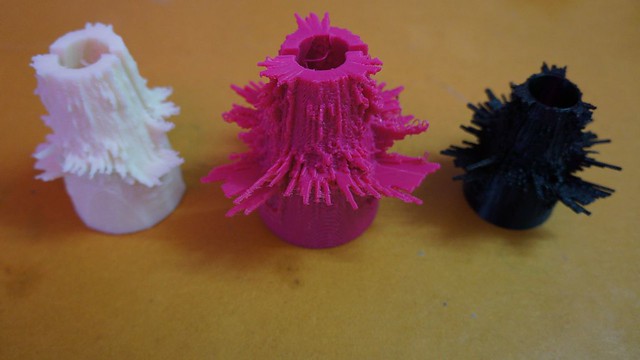
Generator.x 3.0. View on Flickr 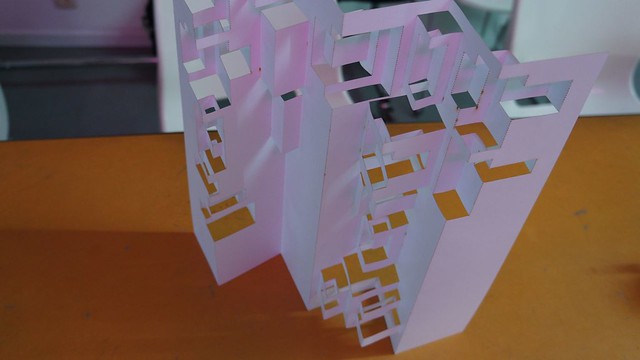
Generator.x 3.0. View on Flickr 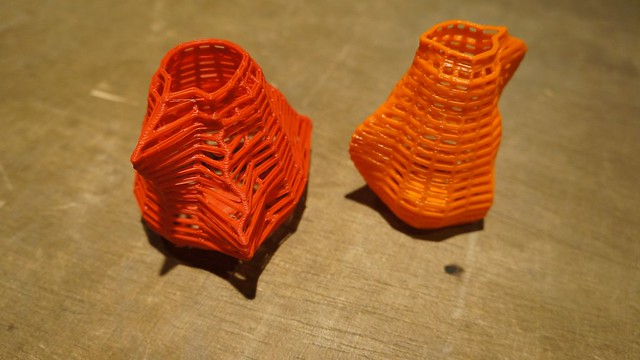
Generator.x 3.0. View on Flickr 
Generator.x 3.0. View on Flickr 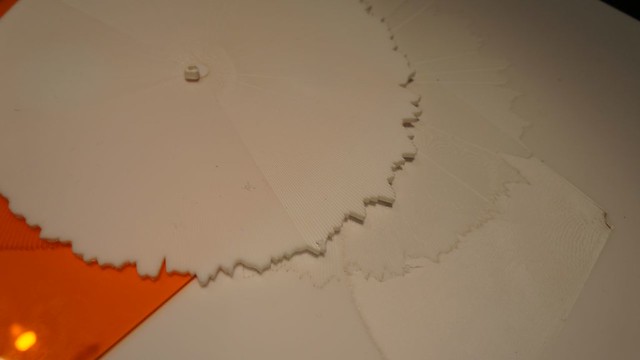
Generator.x 3.0. View on Flickr 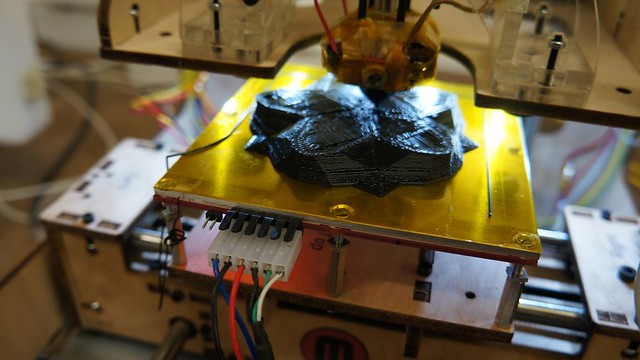
Generator.x 3.0. View on Flickr 
Generator.x 3.0. View on Flickr 
Generator.x 3.0. View on Flickr 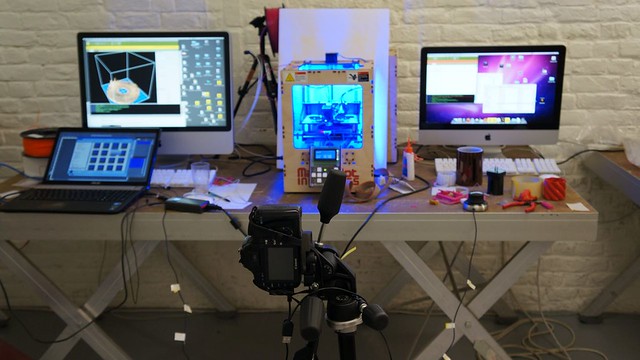
Generator.x 3.0. View on Flickr 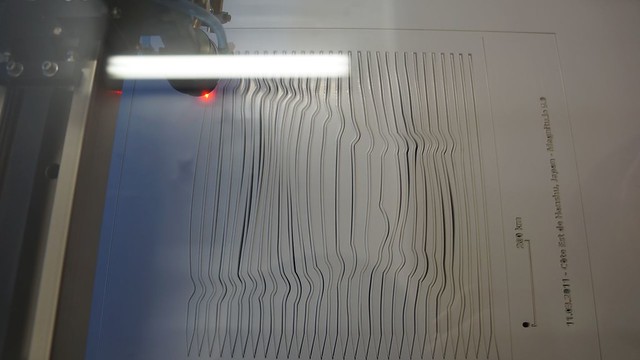
Generator.x 3.0. View on Flickr 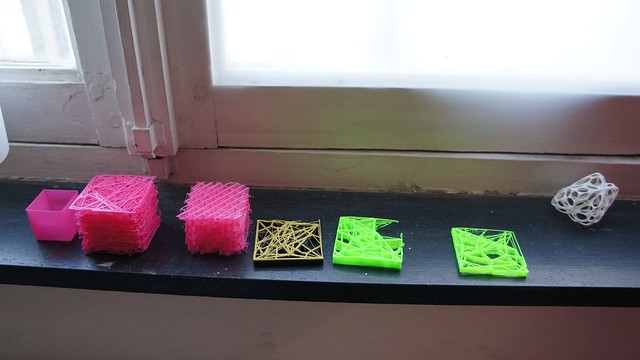
Generator.x 3.0. View on Flickr 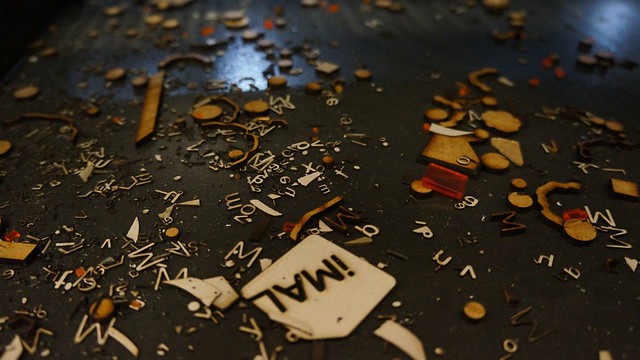
Generator.x 3.0. View on Flickr 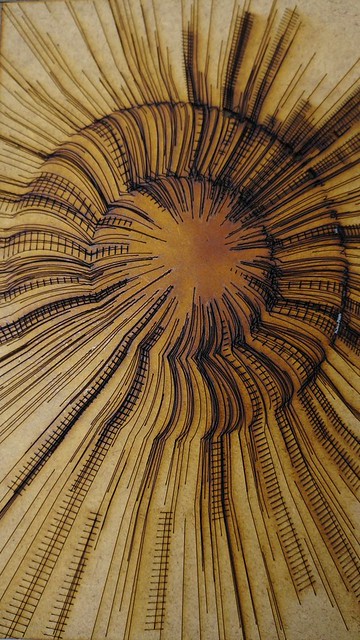
Generator.x 3.0. View on Flickr 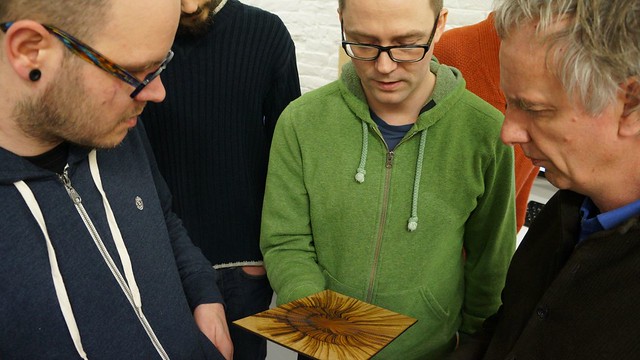
Generator.x 3.0. View on Flickr 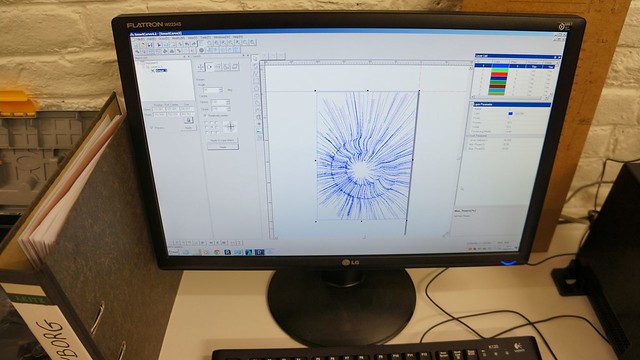
Generator.x 3.0. View on Flickr 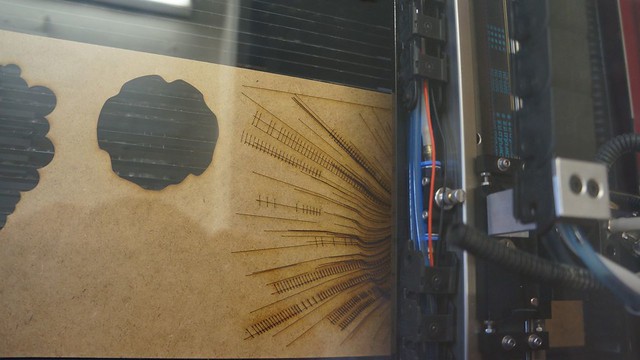
Generator.x 3.0. View on Flickr 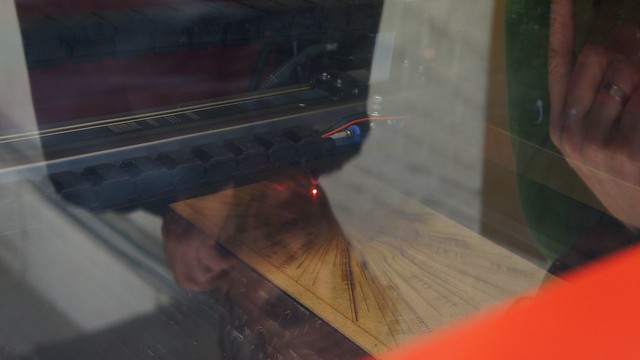
Generator.x 3.0. View on Flickr 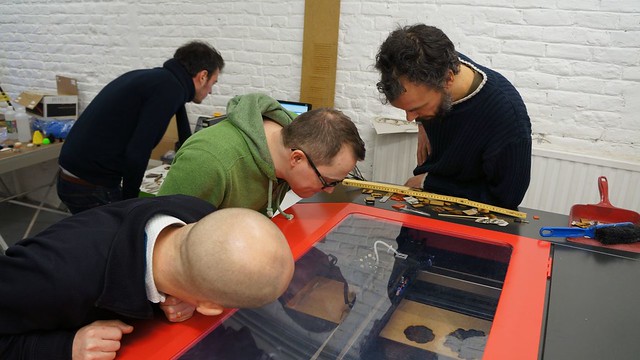
Generator.x 3.0. View on Flickr 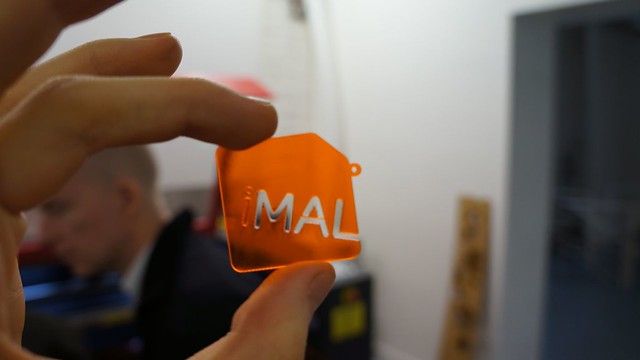
Generator.x 3.0. View on Flickr 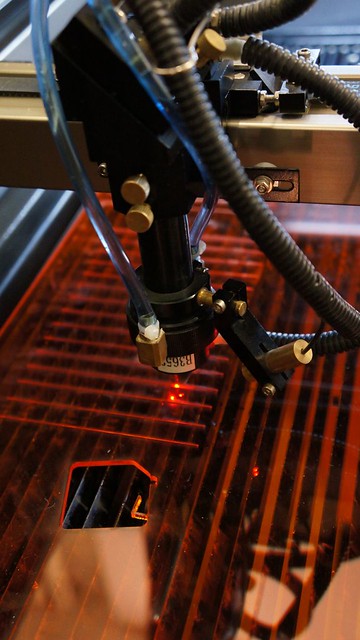
Generator.x 3.0. View on Flickr 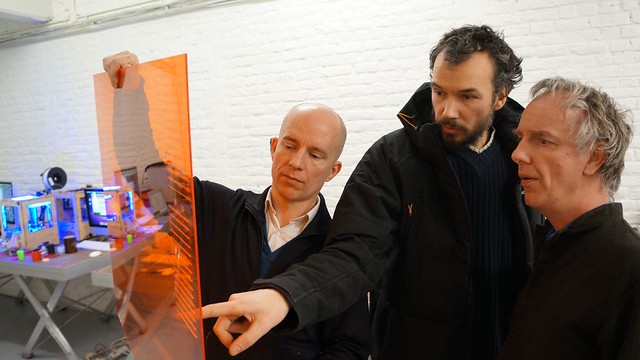
Generator.x 3.0. View on Flickr 
Generator.x 3.0. View on Flickr 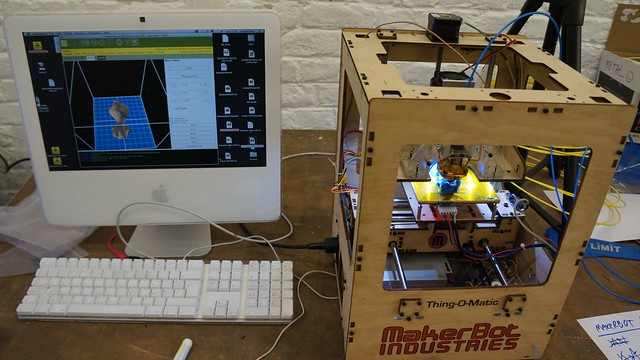
Generator.x 3.0. View on Flickr 
Generator.x 3.0. View on Flickr 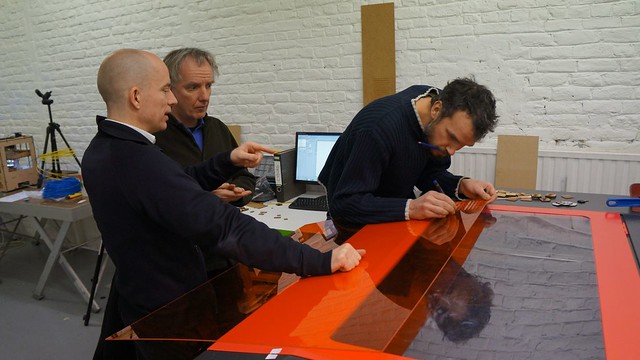
Generator.x 3.0. View on Flickr 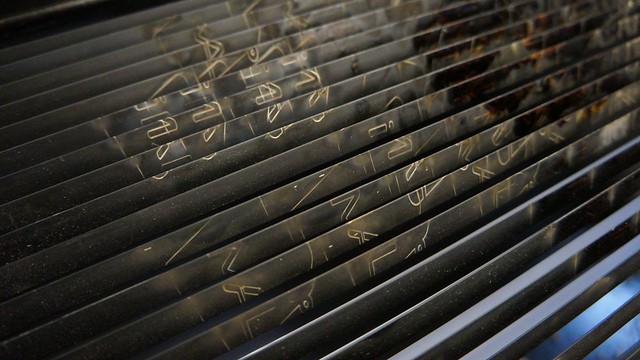
Generator.x 3.0. View on Flickr 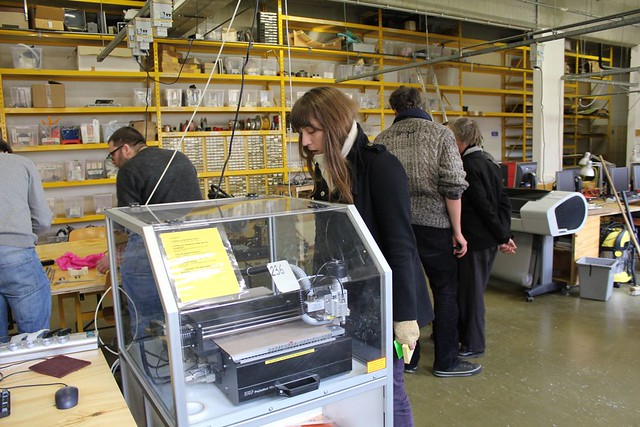
Fablab XL. View on Flickr 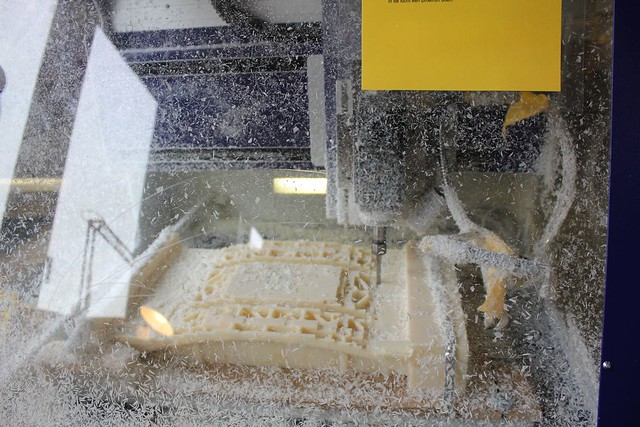
Fablab XL. View on Flickr 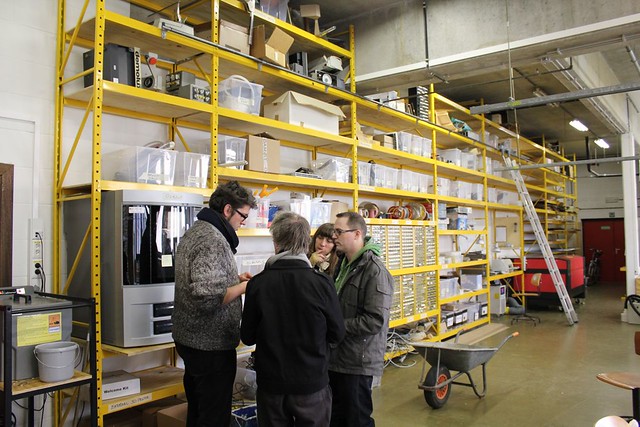
Fablab XL. View on Flickr 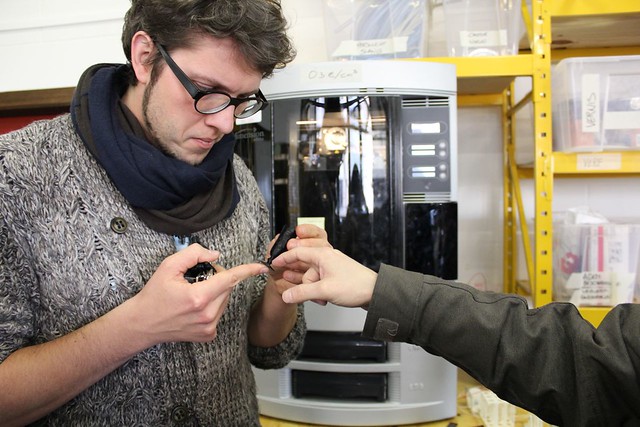
Fablab XL. View on Flickr 
Fablab XL. View on Flickr 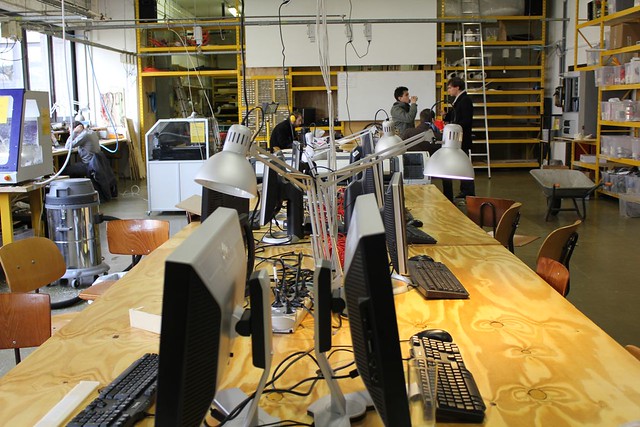
Fablab XL. View on Flickr 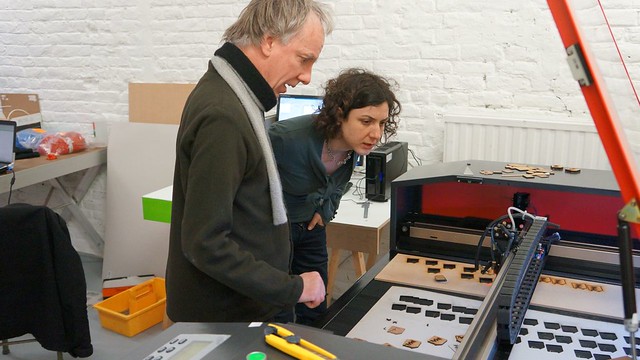
Generator.x 3.0. View on Flickr 
Generator.x 3.0. View on Flickr 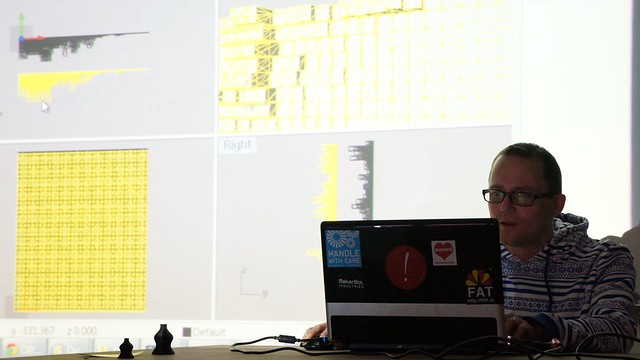
Generator.x 3.0. View on Flickr 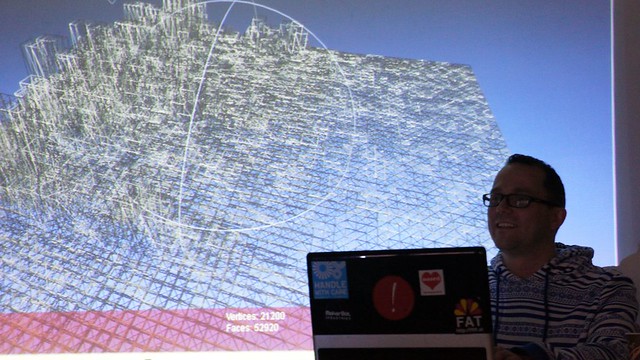
Generator.x 3.0. View on Flickr 
Generator.x 3.0. View on Flickr 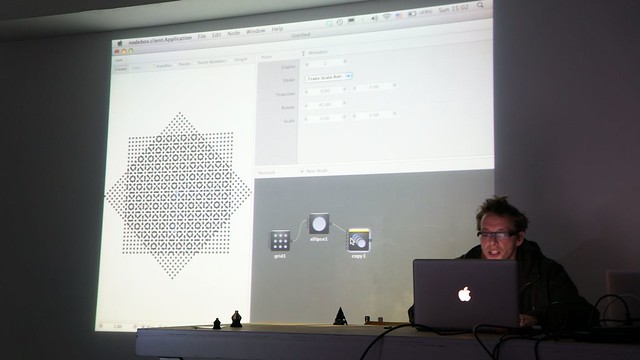
Generator.x 3.0. View on Flickr 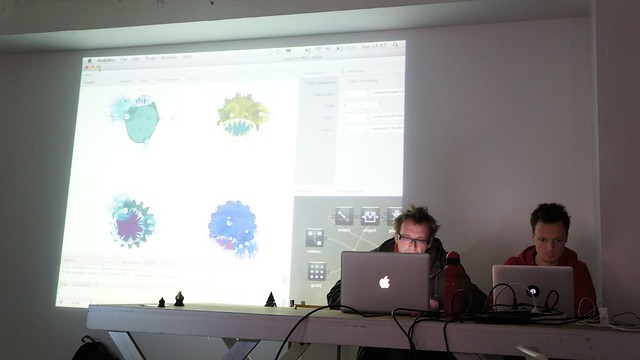
Generator.x 3.0. View on Flickr 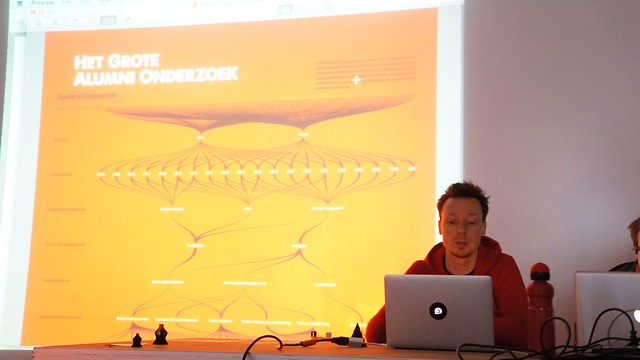
Generator.x 3.0. View on Flickr 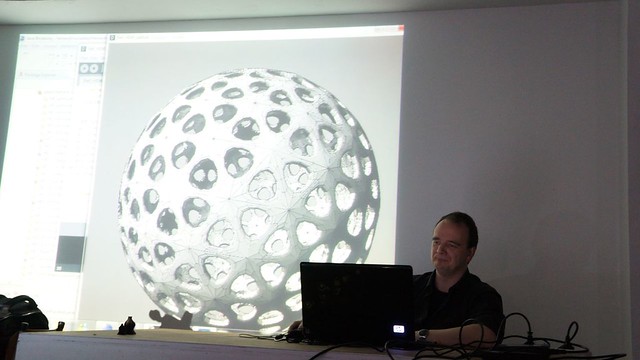
Generator.x 3.0. View on Flickr 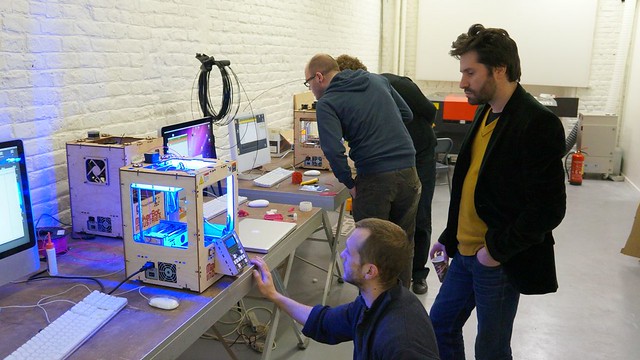
Generator.x 3.0. View on Flickr 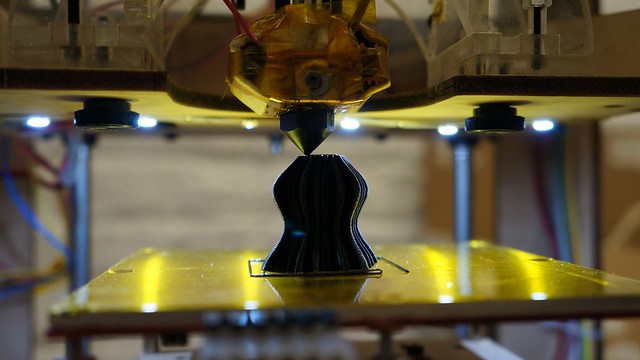
Generator.x 3.0. View on Flickr 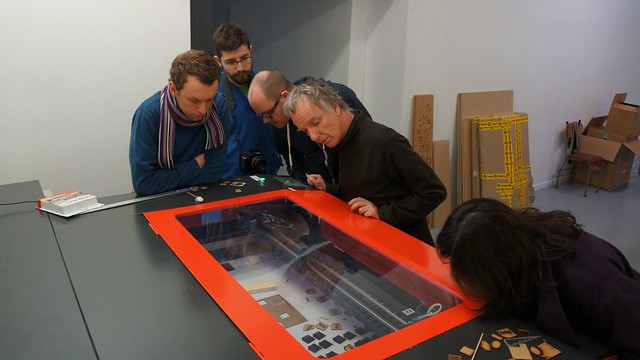
Generator.x 3.0. View on Flickr 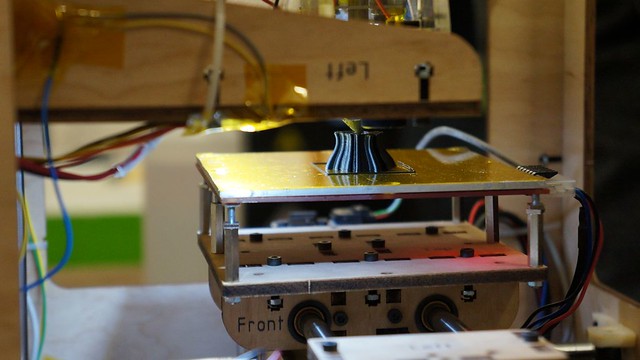
Generator.x 3.0. View on Flickr 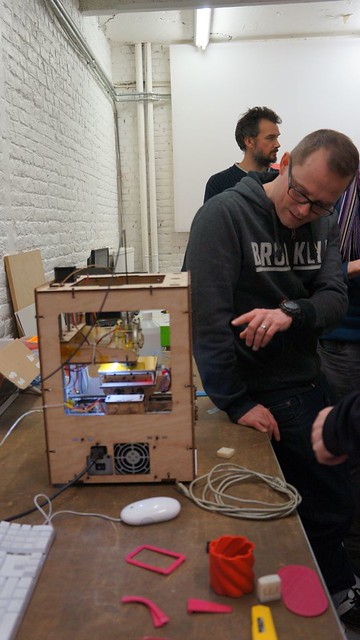
Generator.x 3.0. View on Flickr 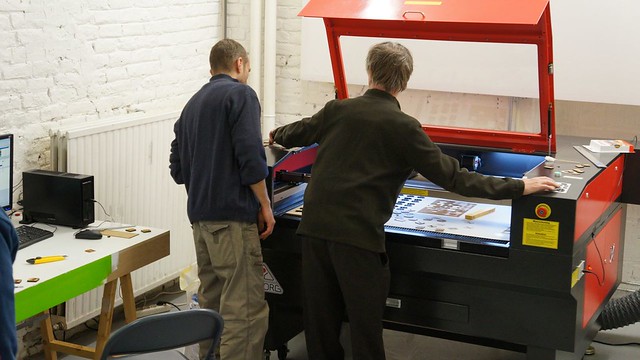
Generator.x 3.0. View on Flickr 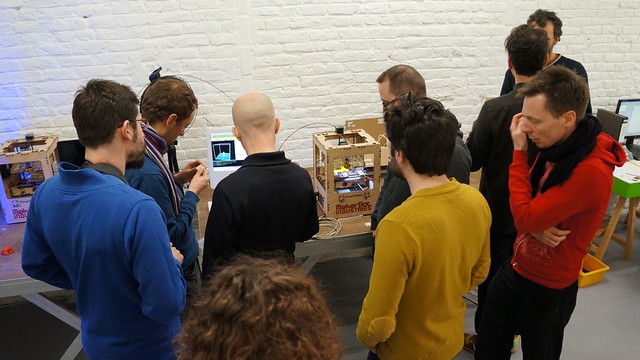
Generator.x 3.0. View on Flickr 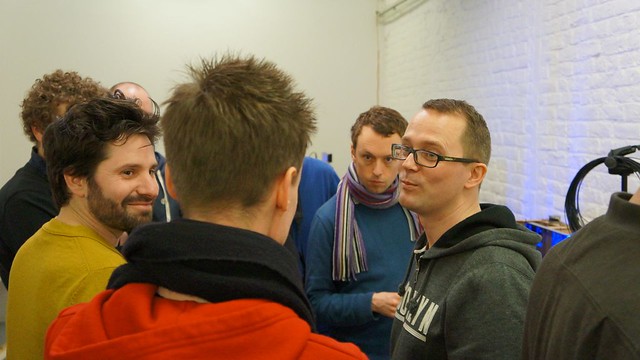
Generator.x 3.0. View on Flickr 
Generator.x 3.0. View on Flickr 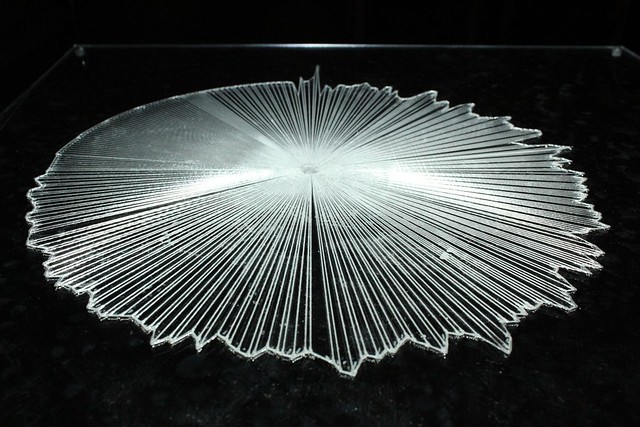
Generator.x 3.0. View on Flickr 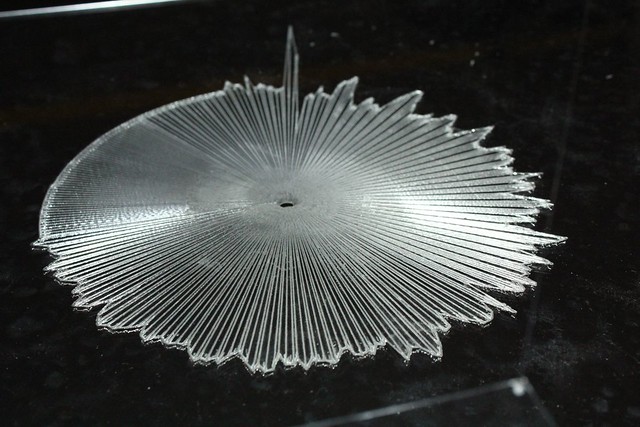
Generator.x 3.0. View on Flickr 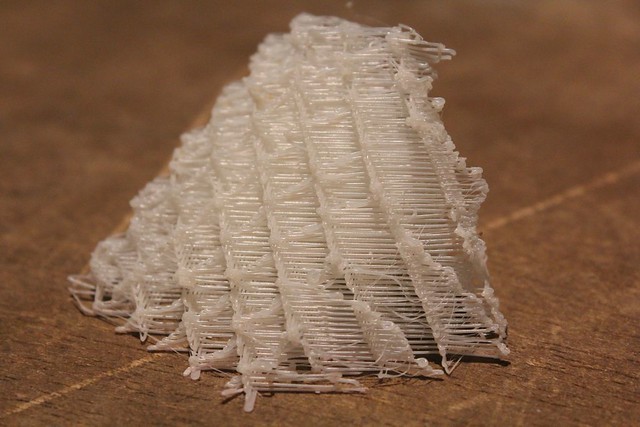
Generator.x 3.0. View on Flickr 
Generator.x 3.0. View on Flickr 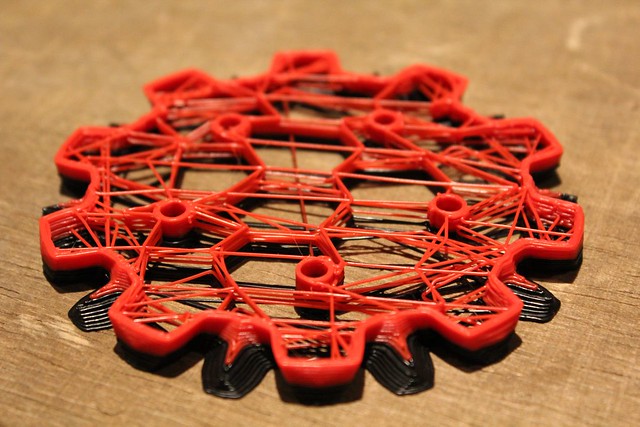
Generator.x 3.0. View on Flickr 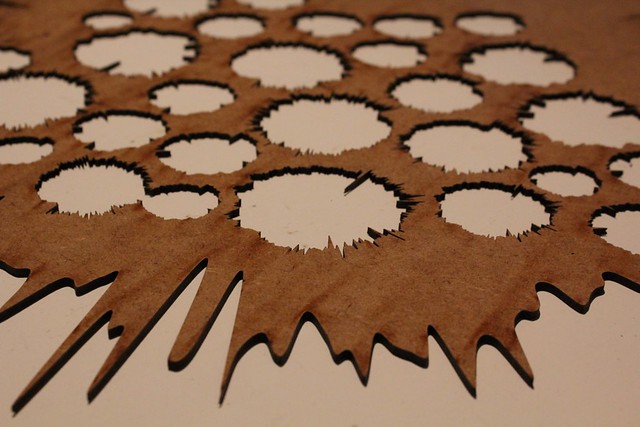
Generator.x 3.0. View on Flickr 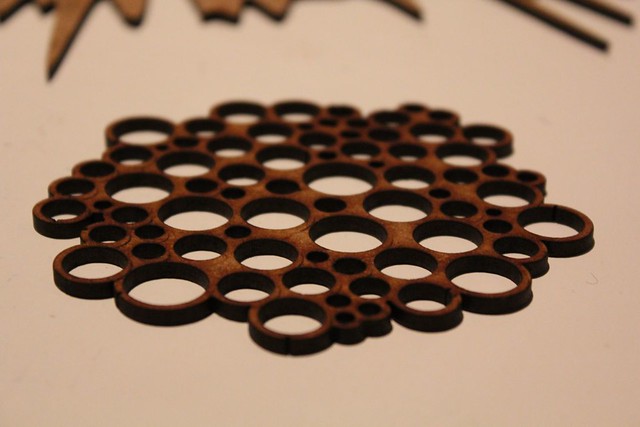
Generator.x 3.0. View on Flickr 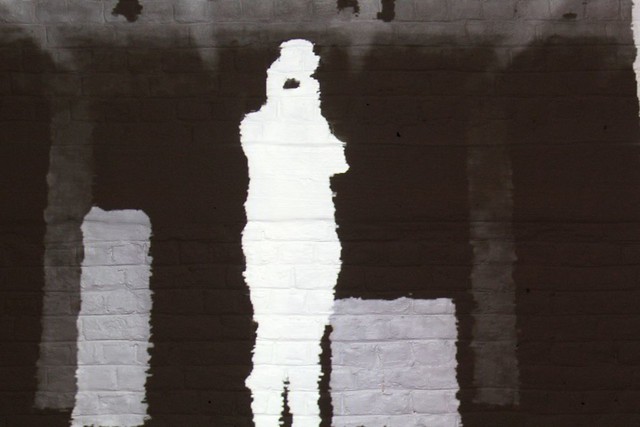
Generator.x 3.0. View on Flickr 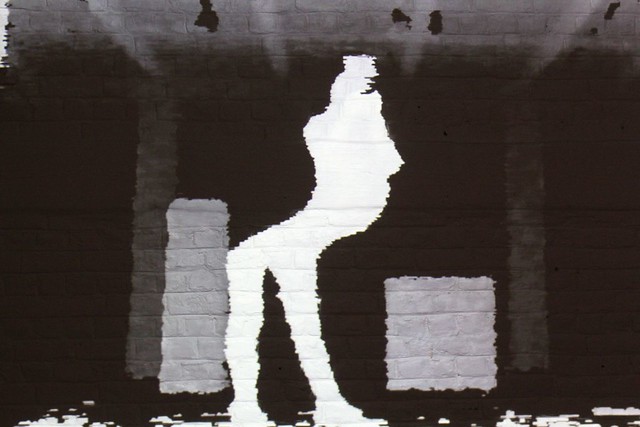
Generator.x 3.0. View on Flickr 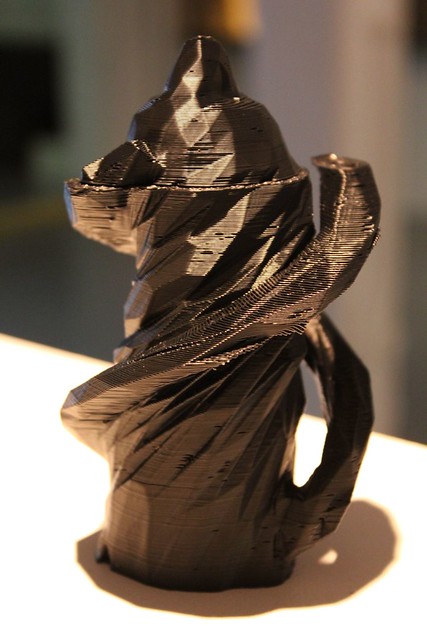
Generator.x 3.0. View on Flickr 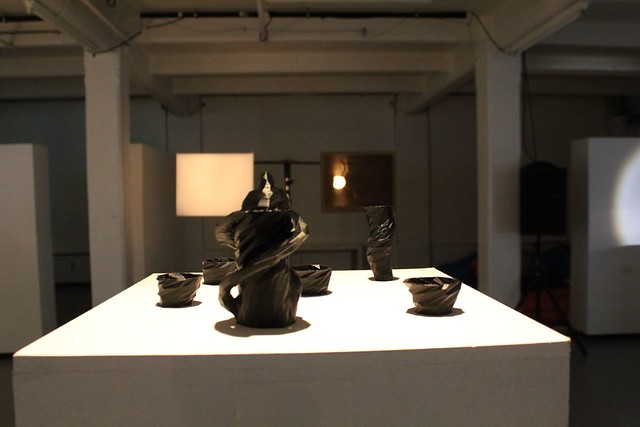
Generator.x 3.0. View on Flickr 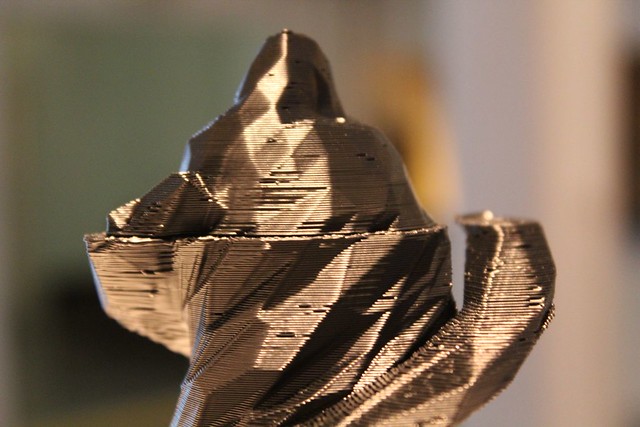
Generator.x 3.0. View on Flickr 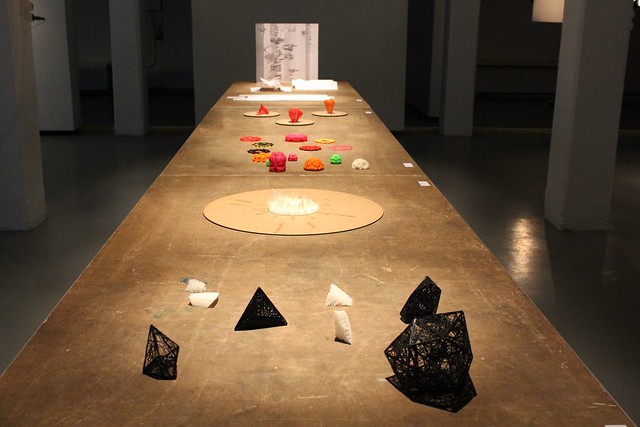
Generator.x 3.0. View on Flickr 
Generator.x 3.0. View on Flickr 
Generator.x 3.0. View on Flickr 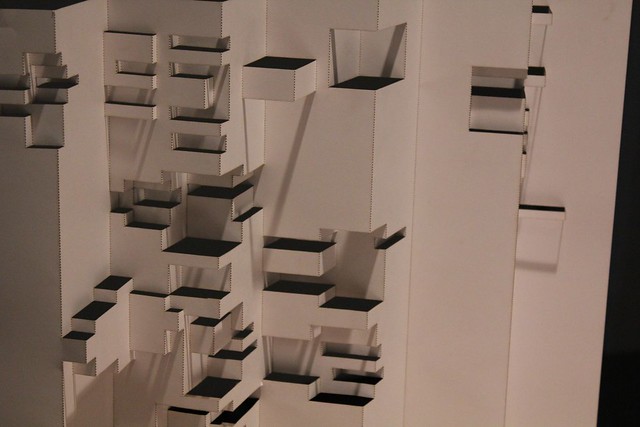
Generator.x 3.0. View on Flickr 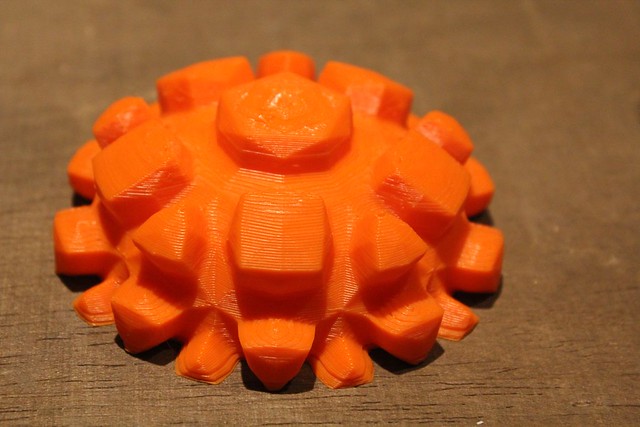
Generator.x 3.0. View on Flickr 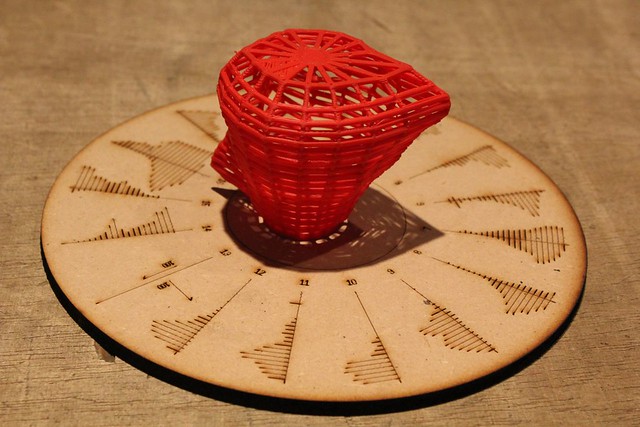
Generator.x 3.0. View on Flickr 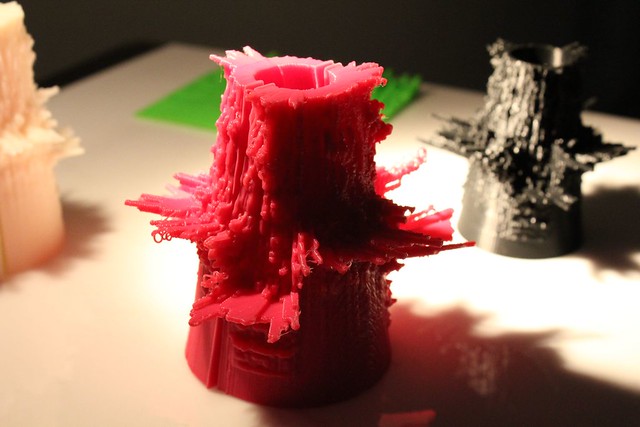
Generator.x 3.0 exhibition. View on Flickr 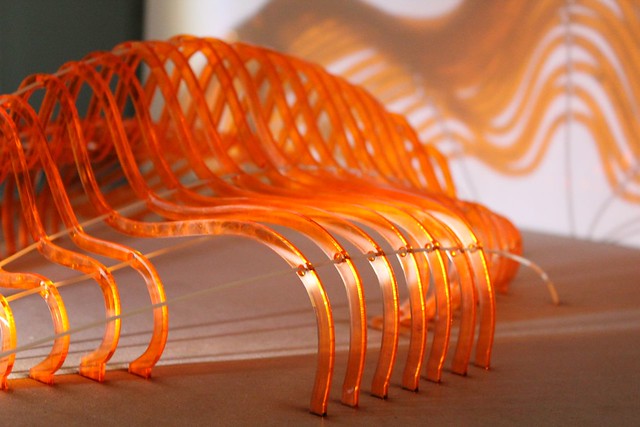
Generator.x 3.0 exhibition. View on Flickr 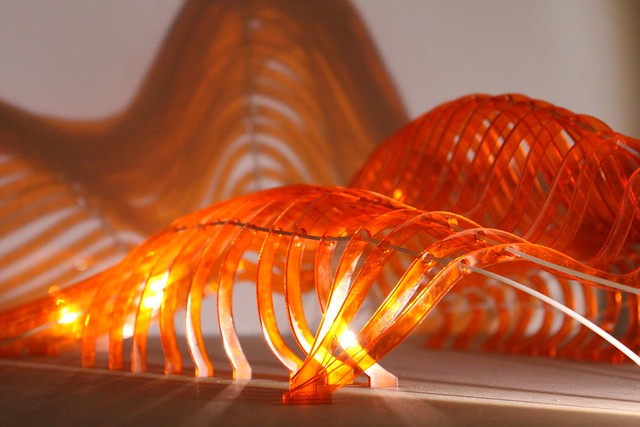
Generator.x 3.0 exhibition. View on Flickr 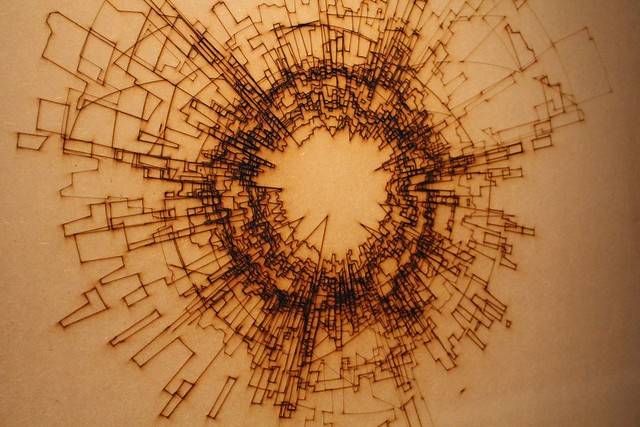
Generator.x 3.0 exhibition. View on Flickr 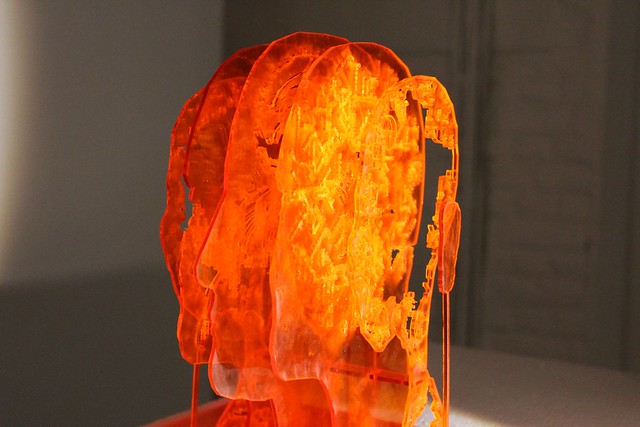
Generator.x 3.0 exhibition. View on Flickr 
Generator.x 3.0 exhibition. View on Flickr 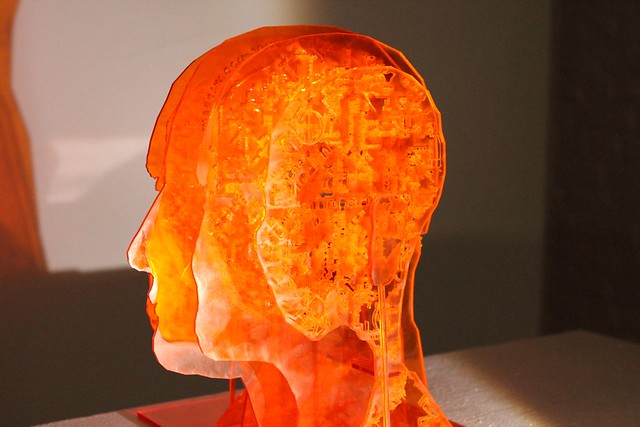
Generator.x 3.0 exhibition. View on Flickr 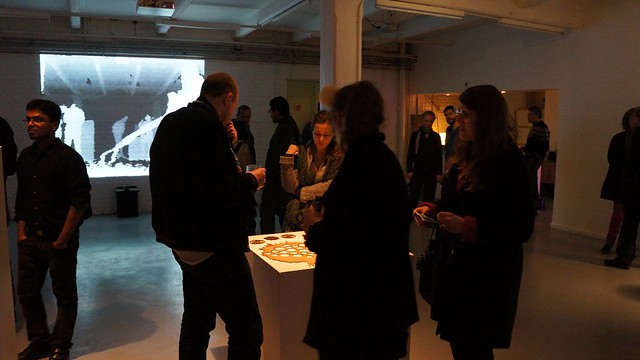
Generator.x 3.0 Opening. View on Flickr 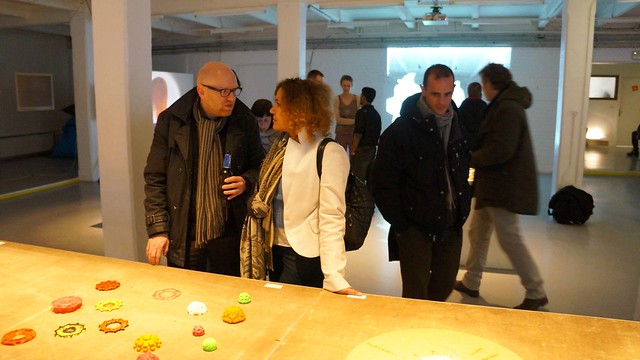
Generator.x 3.0 Opening. View on Flickr 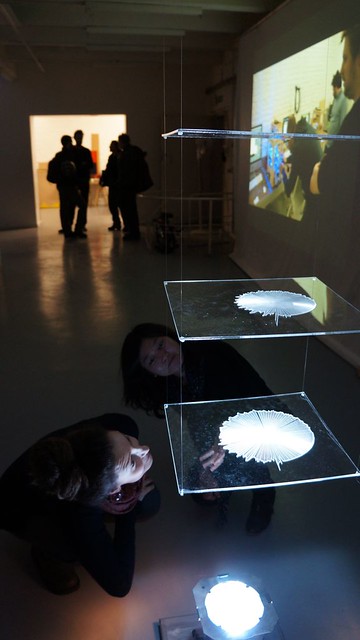
Generator.x 3.0 Opening. View on Flickr 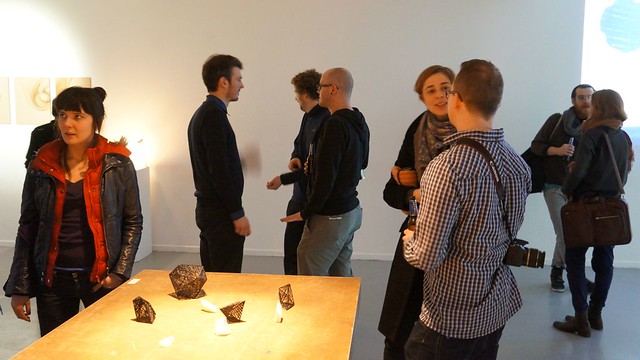
Generator.x 3.0 Opening. View on Flickr 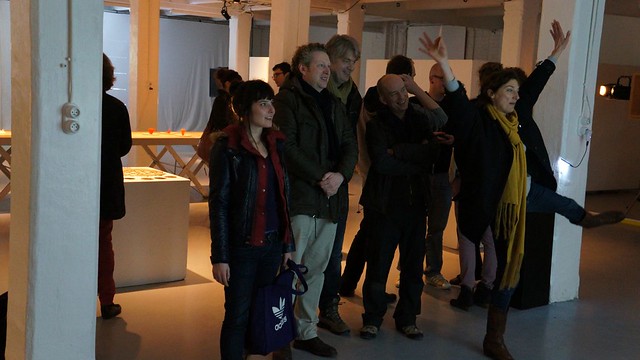
Generator.x 3.0 Opening. View on Flickr 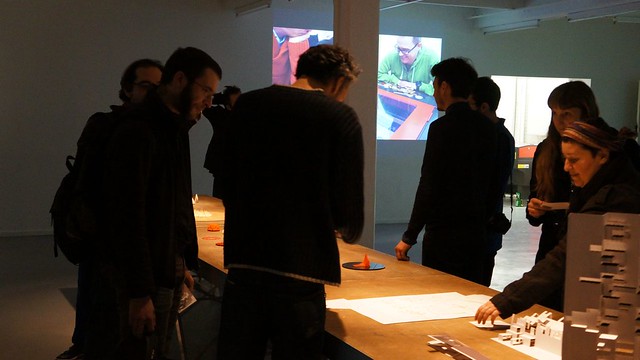
Generator.x 3.0 Opening. View on Flickr 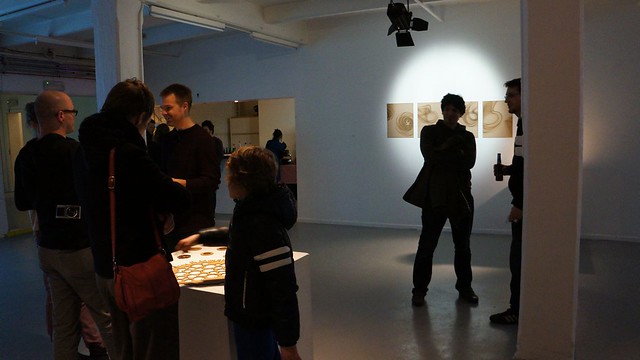
Generator.x 3.0 Opening. View on Flickr 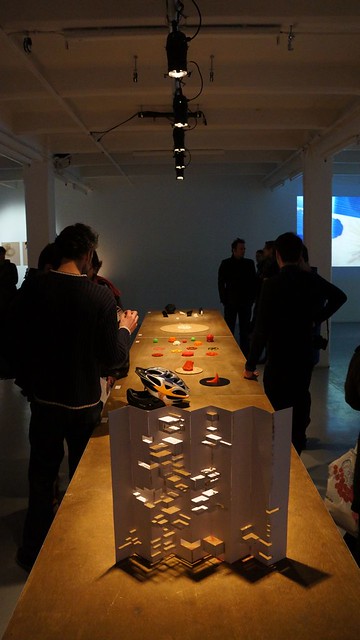
Generator.x 3.0 Opening. View on Flickr 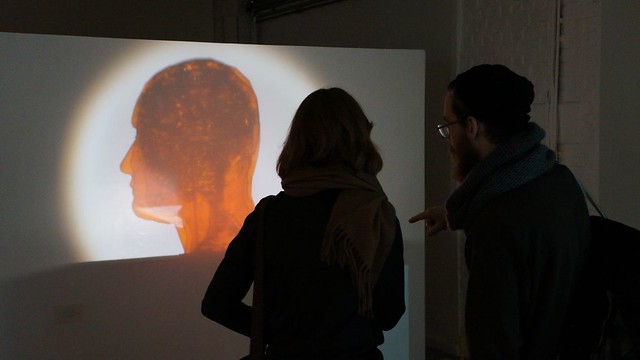
Generator.x 3.0 Opening. View on Flickr 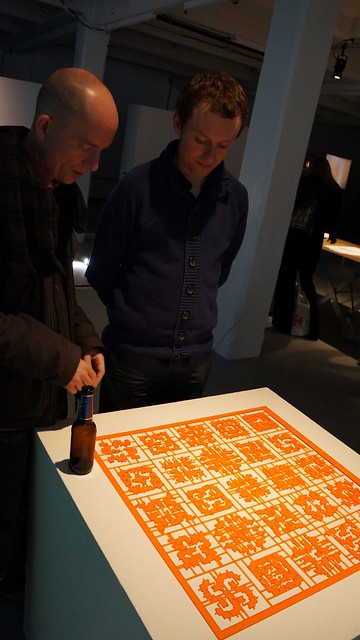
Generator.x 3.0 Opening. View on Flickr 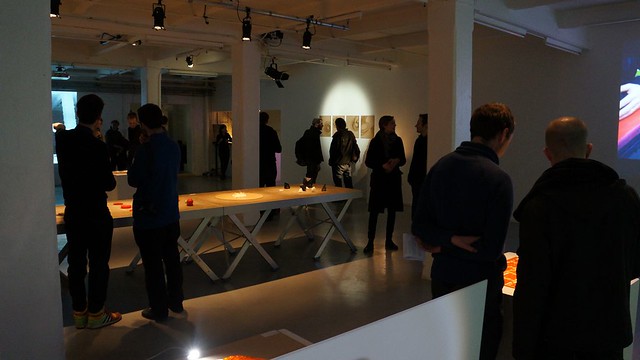
Generator.x 3.0 Opening. View on Flickr 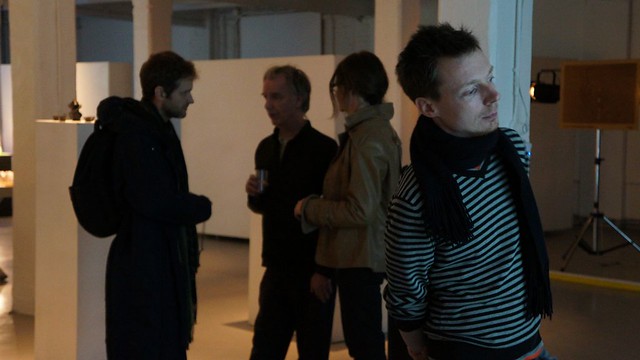
Generator.x 3.0 Opening. View on Flickr 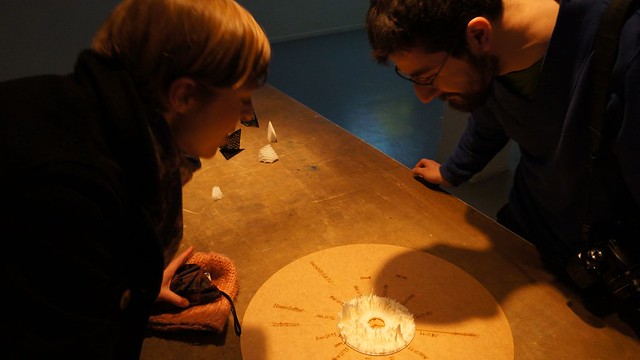
Generator.x 3.0 Opening. View on Flickr 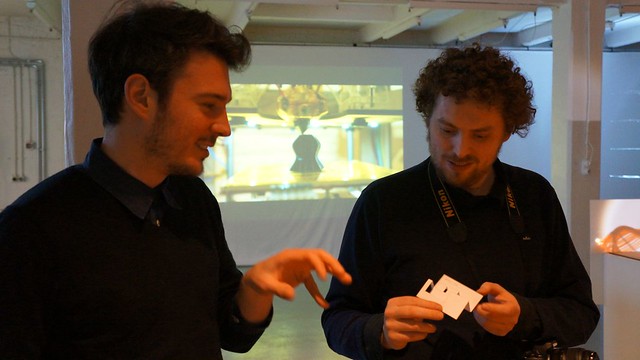
Generator.x 3.0 Opening. View on Flickr 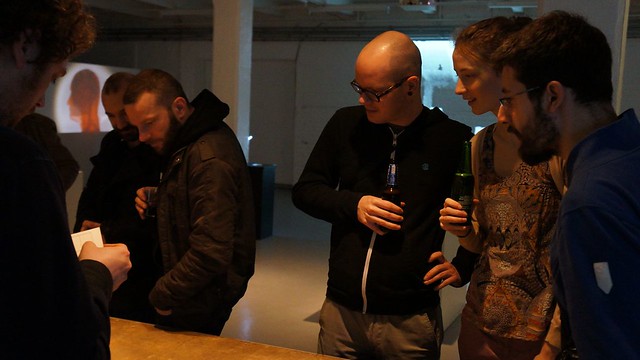
Generator.x 3.0 Opening. View on Flickr
Pictures by Marius Watz, mostly from Generator.x 2.0 and his Makerbot residency
Crédits
Avec le soutien de la Commission communautaire française (Cocof), de la Fédération Wallonie-Bruxelles, de la Région Bruxelles-Capitale et de nos sponsors Hackable-devices (Paris et Gent) et i.materialise. pour leur Magics software). Merci au FabLabXL de iWT Hogeschool Erasmus d'Anderlecht.
En collaboration avec LAb[au] dans le cade de l'exposition Marius Watz: Mark Making au MediaRuimte
(29.02 > 31.03.12).
Exposition
25-26 février, 12:00-18:00
Vernissage 24 février, 18:00
Entrée libre!
Workshop / Production Lab
18-24 février
Frais de participation: 50 EUR
(lunch weekend + boissons inclues)
Inscriptions clôturées
Lieu:
iMAL
30, Quai des Charbonnages
1080 Bruxelles
BELGIUM
Evénement parallèle
Marius Watz: Mark Making
Exposition au MediaRuimte
29.02 > 31.03.12
+ vernissage & concert 25.02, 20:00
activity
Une archive : 1999-2010-2019
Cette page est une archive du site d'iMAL tel qu'il existait entre 2010 et 2019. Il documente activités et projets créés depuis 1999.
Pour notre actualité et nos activités plus récentes, veuillez vous rendre sur notre nouveau site https://imal.org

